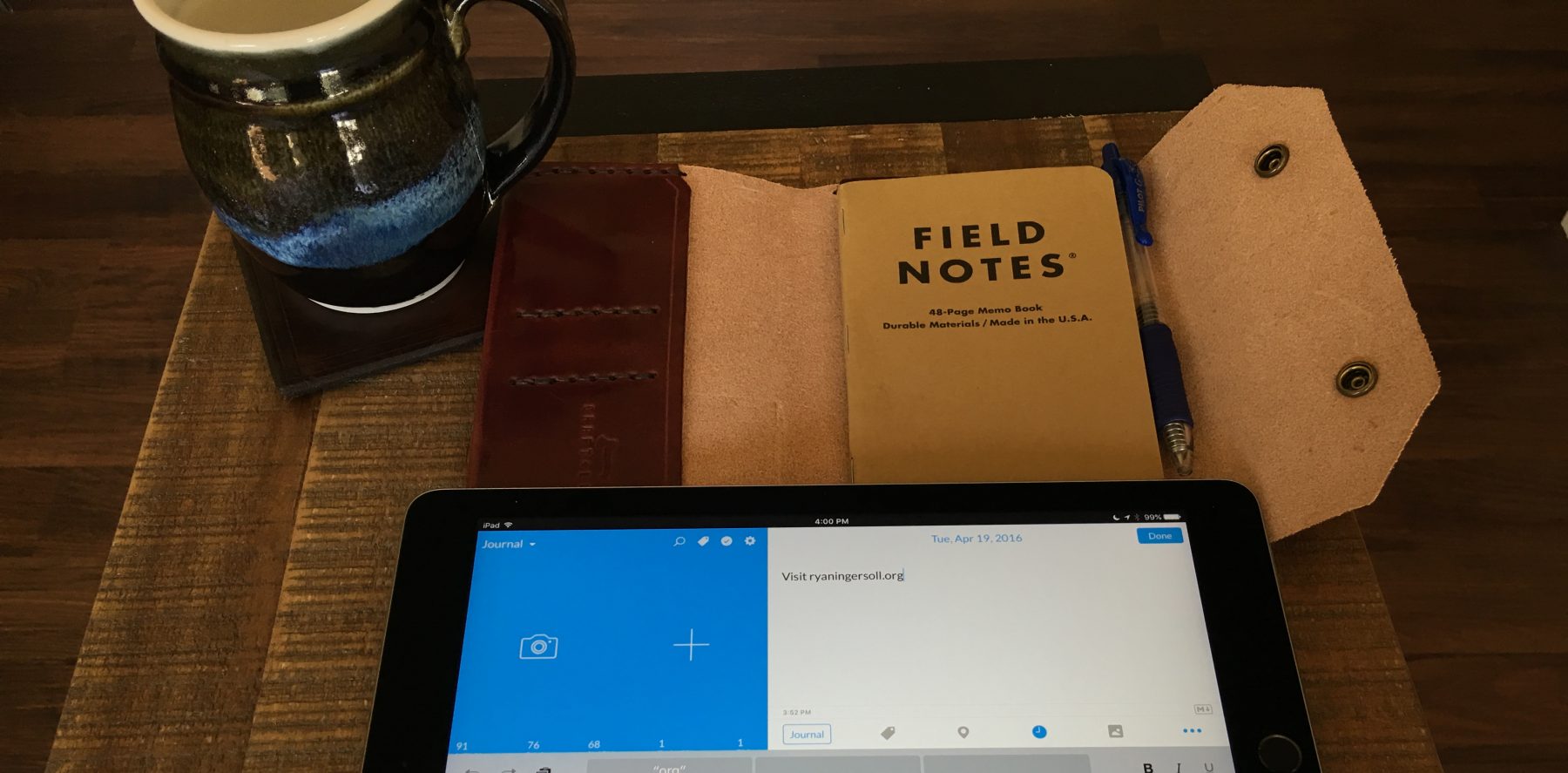According to Christensen, schools have spent over $60 billion in the last twenty years putting computers in classrooms (l. 1502-1503). Furthermore, Christensen says that on average eighth graders use school computers about 38 minutes per week (l. 1504-1050). The amount of money spent on shiny new plastic boxes as glorified word processing and internet research machines seems very wasteful (l. 1362). Not to mention the amount of electricity used to keep them on and updated with the latest security patches. Christensen argues that computers have not been transformational to the learning and education process (l. 1362-1364). “Teachers have implemented computers in the most commonsense way—to sustain their existing practices and pedagogies rather than to displace them” (l. 1544-1545). It is unfortunate the computer hasn’t done all that Bill Clinton desired in 1996 (l. 1363-1366). I wonder if it is the fault of the computer just as much as it is the fault of teachers and administrators.
I still remember waking up at 5 a.m. and rushing to the Edina, MN Apple Store to stand in line to be one the first to own an iPad. A “magical” device that “[was] going to change the way we do things everyday.” (Riosass, 2010). Apple created a new device that “competed against nonconsumption,” very similar to what Sony did with pocket transistor radio 55 years earlier (l. 1484-1490). In my experience the iPad (iOS devices in general) are innately easier to integrate as a disruptive technology opposed to a computer. The computer is less intuitive. You cannot touch it. You are limited to how you interact with it. Everything is behind a detached screen, button, mouse, or trackpad. An iPad, on the other hand, is natively intuitive for all ages. You use your fingers to touch and interact in a natural way; you touch pictures, you pinch out to zoom out (similar to digging a bigger hole in the sand).
Reflecting on my role in the SPU Library teaching students how to use technology tools I strongly believe the iPad can disrupt the educational system much easier and intuitively than the computer has. This year I purchased two iPads and one iPod touch for students to check out. Initially I mainly needed video recording tools and it was more cost effective to invest in iOS devices, but I soon realized how “disrupting” the iPad and iPod touch could be. It really had nothing to do with the Apple device, iPads are quite boring out of the box. It has everything to do with apps. Almost anyone who wants can make an app for the iPad (even a 12 year old). Over 600,00 apps are available at your fingertips, literally, additionally those apps are downloadable and installed in seconds, all without an IT department.
After reading this chapter I reflected on a couple experiences that show how iPads are more amicable to disrupting the educational process than computers. The first is when an SPU student wanted to check out a scientific calculator from the Tech Desk. We don’t check out such devices, but I did some searching and found an iOS app to meet their needs, Wolfram Alpha’s Calculus Course Assistant. The second experience is when a group of SPU students filmed themselves doing various exercise for a class. They needed to use iMovie to edit the footage and include arrows and comments on the form of the particular exercise. The first year this project was very time consuming. It took a lot of effort to insert annotations into the moving footage. The following year, after we purchased the iPads, I was told of a great app to accomplish the exact same task. Coach’s Eye was significantly faster and easier to use.
iPads might not be the answer, and I don’t think throwing $60 billon at Apple is the best option, but I can see how this type of device can really change how students learn. If there is something you want to do an app might already exist or could be created. Ultimately, the ability to interact physically with something virtually can change the educational process and open up a whole new realm of possibilities opposed to playing “Where in the World Is Carmen Sandiego.” This is transformational technology. Like the iPad, another maturing transformation technology could be Microsoft’s Kinect, which allows you to interact physically with your whole body.
I appreciated the ability to change the background and font colors on the iPad’s Kindle app to adjust for reading in a dark room. The Kindle app provides three options for background and font color. One night when I was reading in a dark room I chose the black background and white text option. Using this option reduced strain on my eyes. This is advantage over paper. You can’t change the color of the paper, not to mention the size of the font.
Christensen, Clayton., Michael Horn., & Curtis Johnson. (2010). Disrupting Class: How Disruptive Innovation Will Change the Way the World Learns. (2nd ed.). n.p. McGraw-Hill. Kindle Edition.
Riosass (2010, January 27). iPad Ad (Official Advertisement). Retrieved July 21, 2012, from http://www.youtube.com/watch?v=twzRX982DNQ


2 comments for “Disruptive Technology: Bridging the Physical and Virtual”